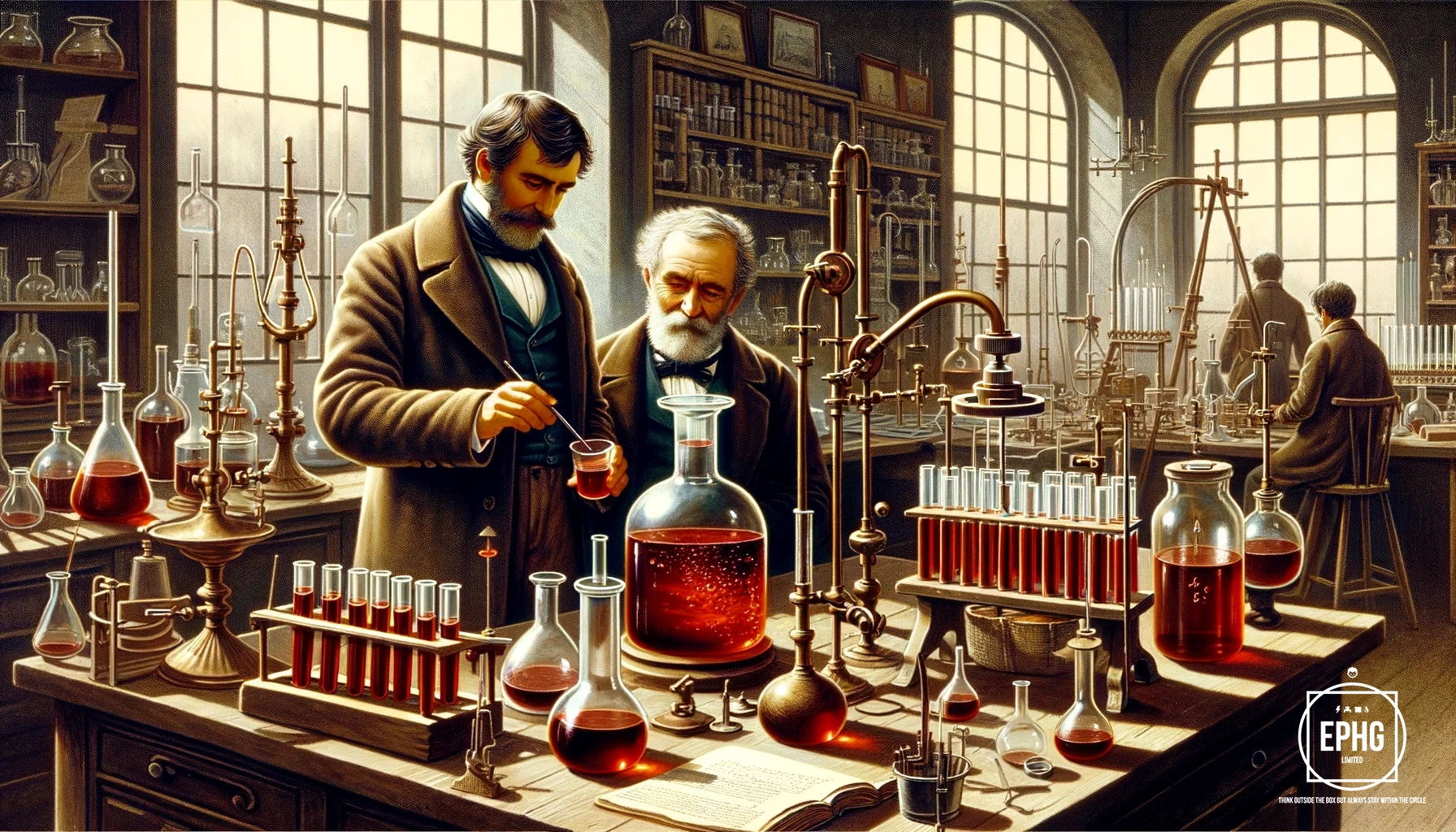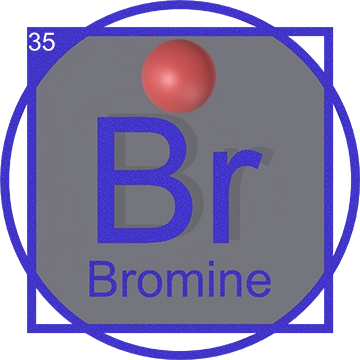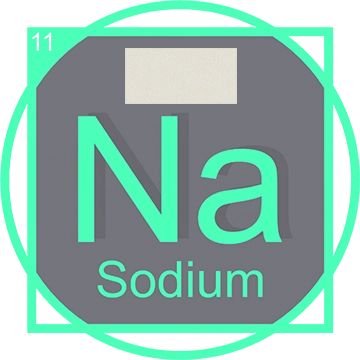Introduction to Bromine
Bromine, with the chemical symbol Br and atomic number 35, is a deep red-brown liquid at room temperature, known for its significant use in flame retardants and various other industrial applications. As a member of the halogen group, it plays a crucial role in modern chemical synthesis and manufacturing processes.
Discovery of Bromine

Bromine was discovered in 1826 by the German chemist Carl Jacob Löwig, who isolated it from saltwater brine, making it the only nonmetallic element that is liquid at room temperature. Its unique properties and reactivity have made it a subject of interest in chemical research and industrial applications ever since.
Role in the Periodic Table and Science
Bromine is the third-lightest halogen and is found in the 17th group of the periodic table. It is highly reactive and known for forming compounds with many elements. The study of Bromine and its compounds enhances our understanding of chemical bonding and reactivity. For more detailed information, visit our comprehensive periodic table.
Physical and Chemical Properties

Bromine is notable for its strong, pungent odor and its ability to form colored vapors. Its chemical reactivity is particularly significant in organic chemistry where it is used as a catalyst and a reactant in many synthesis reactions.
Applications of Bromine
Bromine's applications are diverse, ranging from fire retardants in consumer electronics and furniture to the synthesis of pharmaceuticals and agricultural chemicals. It is also used in water treatment processes to purify and disinfect water, demonstrating its crucial role in public health and safety.
Conclusion
As research continues, the uses and applications of Bromine are expanding, driving innovations in chemistry and materials science. Its impact on various industries highlights the importance of this halogen in our daily lives and future technological developments.
Extraction and Sources of Bromine

Bromine is not mined directly but is extracted primarily from brine pools. Major sources include the Dead Sea in the Middle East and the brine wells in the United States, particularly in Arkansas. The extraction process involves pumping the brine into large ponds, where the water evaporates under the sun, leaving behind salts including bromides. These bromides are then treated with chlorine to liberate Bromine.
Bromine is often found alongside other saline elements and minerals such as sodium, magnesium, and sometimes even trace amounts of gold and silver.
Modern Uses of Bromine

Today, Bromine's primary applications are in the production of flame retardants, used widely in consumer electronics, furniture, and textiles to inhibit the spread of flames in case of fire. Additionally, Bromine compounds play crucial roles in water treatment, where they act as disinfectants, and in the pharmaceutical industry as ingredients in various drugs.
Future Prospects of Bromine

The future of Bromine looks promising with potential expansions into new markets and technologies. Researchers are exploring its use in advanced battery technologies, particularly in the development of Bromine-based flow batteries which could provide more efficient energy storage solutions for renewable energy systems. Furthermore, ongoing studies into Bromine's role in medical imaging and as a catalyst in organic synthesis promise to expand its applications significantly in the coming years.














